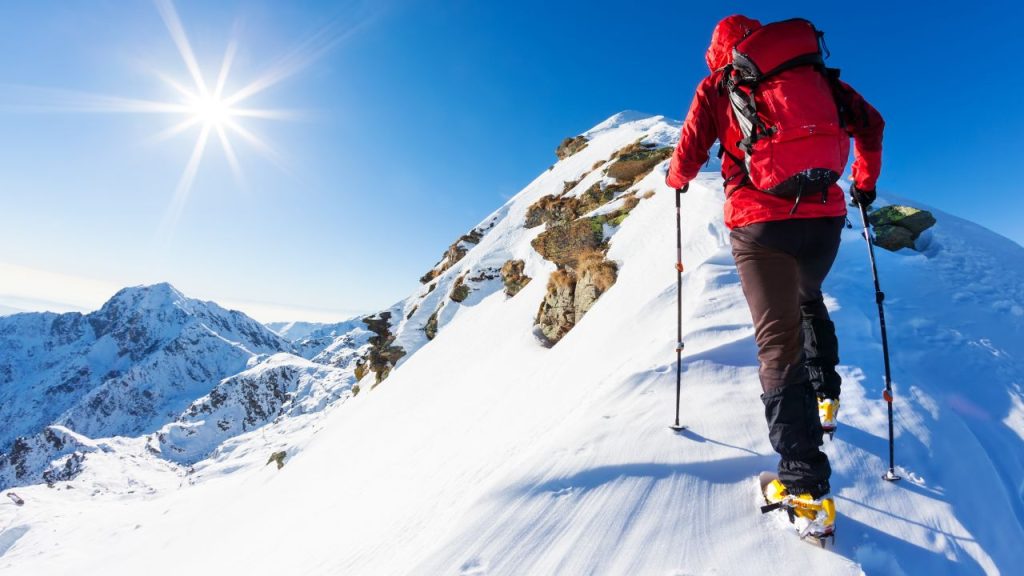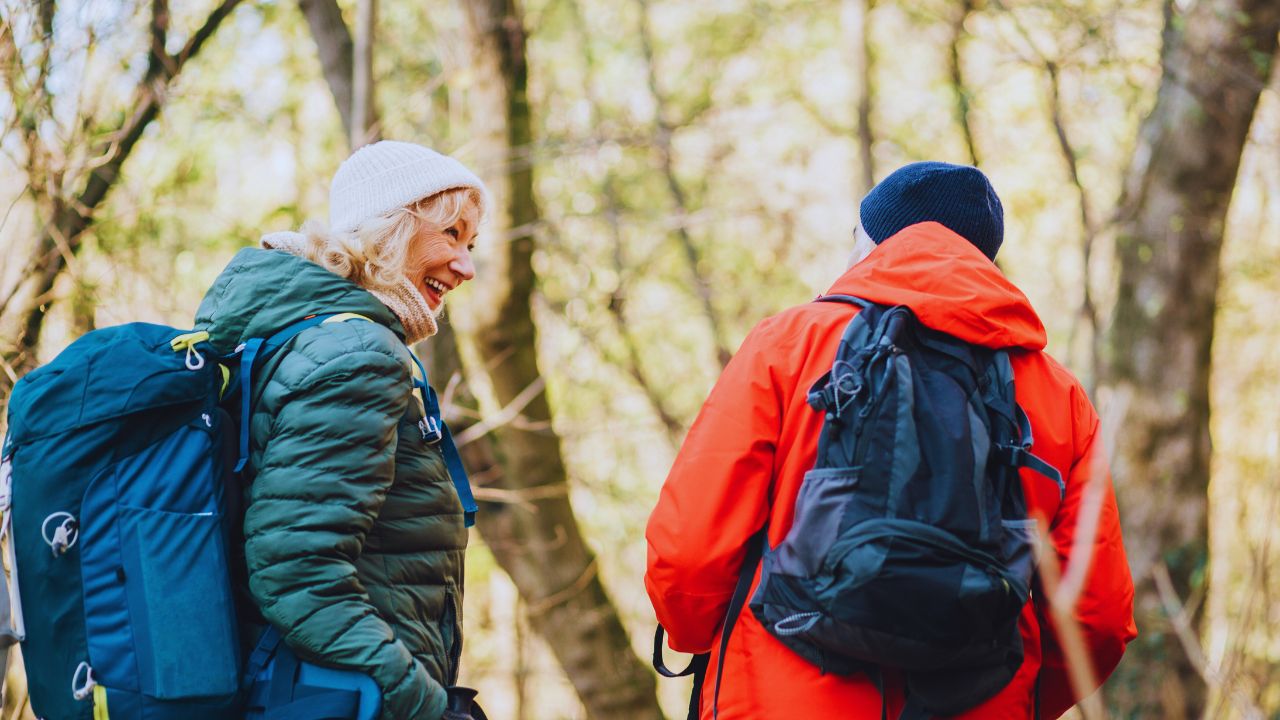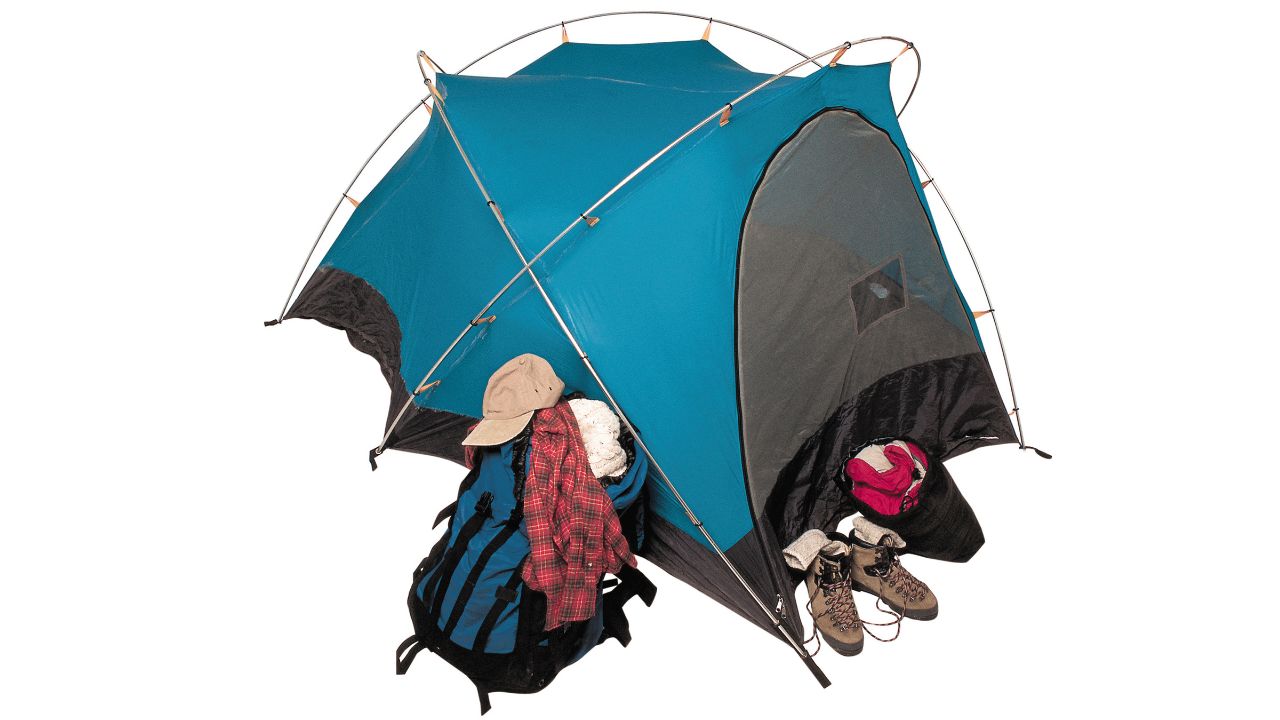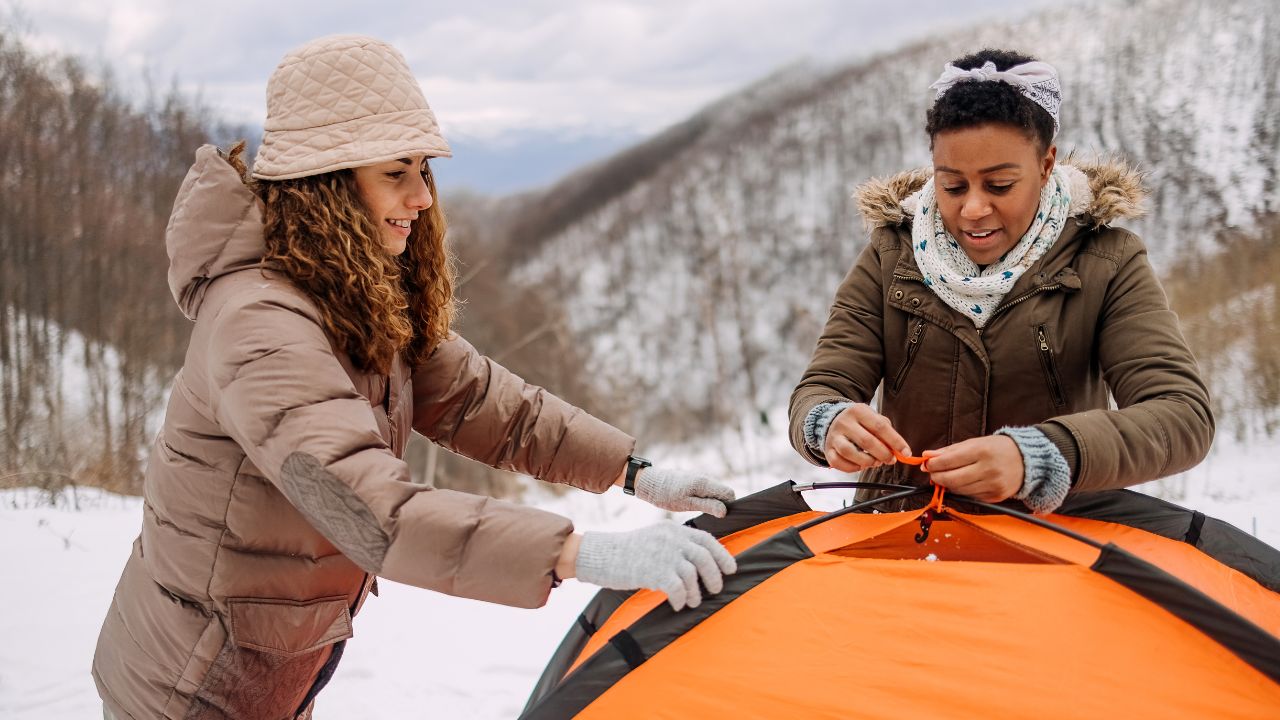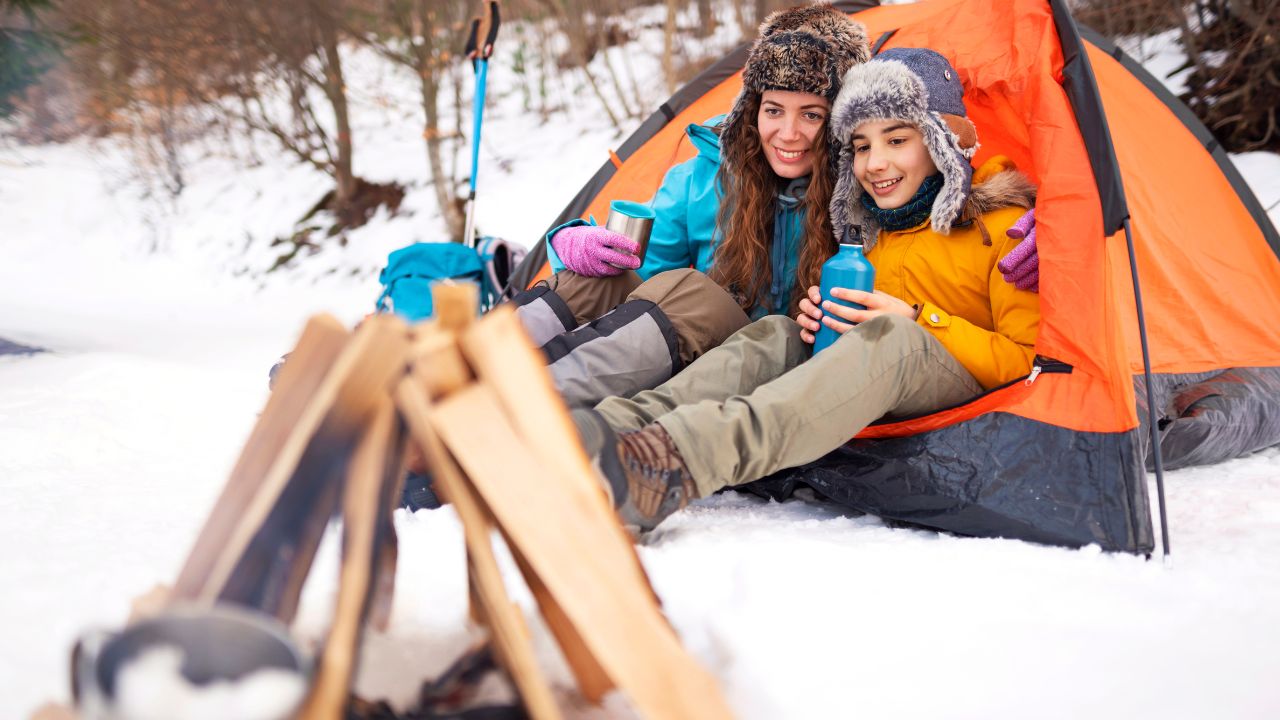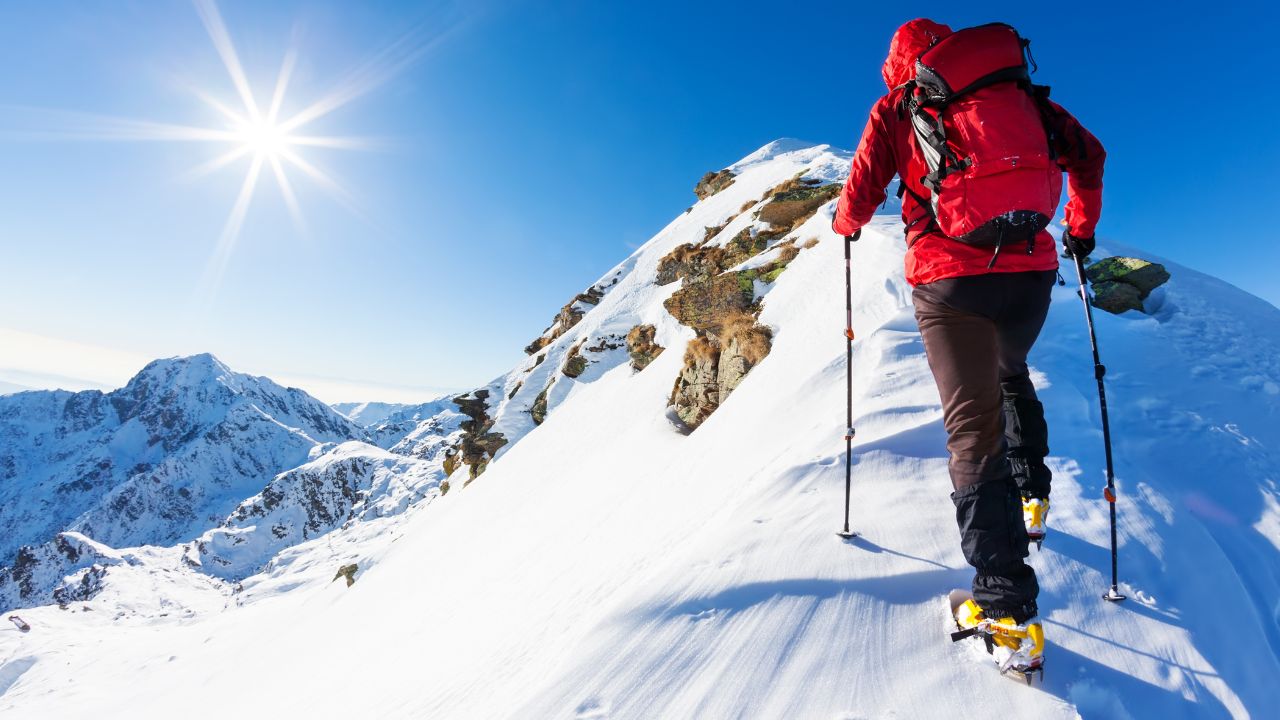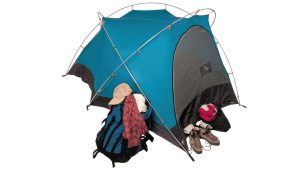As the winter season sets in, a world of unique travel experiences opens up. Snowy mountain ranges, frosty landscapes, and festive city scenes offer breathtaking beauty, but they also bring unique challenges. Cold-weather travel, whether it involves skiing on powdery slopes, hiking through snowy trails, or simply sightseeing in chilly urban areas, requires preparation and the right gear. Without the right equipment, travelers can quickly find themselves battling discomfort or even health risks from extreme cold.
This guide will walk you through the most important winter travel gear, from choosing the right outerwear and accessories to understanding how to layer properly and stay safe in frigid conditions. Whether you’re planning a winter road trip, a ski holiday, or just want to explore winter festivals and markets, the information here will help you be prepared, comfortable, and ready to enjoy the winter season.
1. Understanding Winter Layering Basics
Layering is the cornerstone of staying warm in winter. The key to comfortable layering is to understand how each layer functions to trap heat and protect against the elements.
Importance of Layering for Winter
Layering is essential for maintaining warmth without overheating. When you layer correctly, you can adjust your clothing according to changing temperatures and activity levels. This system not only helps in trapping body heat but also wicks away moisture, which is vital for preventing chills.
The Three-Layer System
A three-layer system is the most effective approach for winter travel.
Base Layer (Moisture-Wicking: The base layer is the foundation of your winter wardrobe. It’s responsible for wicking away sweat to keep you dry and comfortable.
- Materials: Merino wool, synthetic materials (polyester or polypropylene), and sometimes silk.
- Popular Choices: Merino wool offers natural insulation, warmth, and anti-odor properties, while synthetic materials dry quickly and are generally more affordable.
Mid Layer (Insulation) The mid-layer is responsible for trapping heat. This layer helps in keeping warmth close to your body.
- Materials: Fleece, down, or synthetic insulation.
- Popular Choices: Fleece jackets or down jackets are excellent options; down provides superior warmth, while fleece is durable and cost-effective. Synthetic insulation is good for damp environments, as it retains heat when wet.
Outer Layer (Shell) The outer layer, or shell, protects you from wind, rain, and snow. This layer should be windproof and waterproof for optimal protection.
- Materials: Gore-Tex, eVent, and other waterproof-breathable fabrics.
- Popular Choices: Hard-shell jackets for rugged environments, or soft-shell jackets for moderate, dry weather.
2. Choosing Essential Outerwear: Jackets and Pants
The purpose of winter outerwear is to protect you from the elements. Selecting the right jacket and pants ensures warmth and protection, no matter where your adventures take you.
Selecting a Winter Jacket
A winter jacket is your main barrier against cold and wet conditions. Here are a few options to consider:
- Down Jackets: Filled with goose or duck feathers, down jackets offer exceptional warmth and are ideal for dry, cold climates. However, when wet, they lose their insulation properties, so it’s best to combine them with a waterproof layer.
- Synthetic Insulated Jackets: These jackets use synthetic fibers to replicate the insulation of down. They’re less compressible but retain warmth even when wet, making them ideal for damp conditions.
- Hardshell Jackets: Designed as an outer shell, these jackets are windproof and waterproof. They don’t typically have insulation, so they work best layered over a mid-layer.
Key Features of Winter Jackets
Look for the following features to ensure your jacket meets your needs:
- Insulated Hood: A lined hood offers added protection for your head and neck.
- Adjustable Cuffs and Hem: These features help seal out wind and snow.
- Pit Zips or Ventilation Options: Allow for airflow to prevent overheating.
Choosing Winter Pants
Winter pants should be both warm and waterproof, especially if you’re active in the snow. Here are a few options:
- Insulated Pants: Perfect for sub-zero temperatures, these pants feature a fleece or synthetic lining.
- Waterproof Shell Pants: Best for active outdoor sports, they’re windproof and water-resistant but may need a thermal layer underneath.
- Softshell Pants: A good option for mild winters, softshell pants are flexible and offer some insulation without the bulk.
3. Protective Accessories: Gloves, Hats, and Scarves
Hands, head, and neck are especially vulnerable to cold, so it’s essential to cover them adequately.
Gloves and Mittens
Keeping your hands warm and dry is crucial. Frostbite can set in quickly in extreme cold, so it’s worth investing in high-quality gloves.
Types of Gloves and Mittens
- Mittens: Keep fingers together to conserve heat, offering more warmth than gloves.
- Gloves with Liners: Layered gloves with removable liners provide versatility and additional warmth.
- Touchscreen-Friendly Gloves: For travelers who frequently use phones or cameras, touchscreen-friendly gloves are convenient and keep your hands warm while using electronic devices.
Hats and Beanies
Wearing a hat helps retain body heat. Merino wool, fleece, and down-lined hats provide excellent insulation.
Scarves, Buffs, and Neck Gaiters
Some neck gaiters have the versatility to cover the nose and mouth, providing additional warmth and protection. Scarves made from wool or fleece are ideal for protecting the neck from cold and wind.
4. Winter Footwear: Choosing the Right Boots and Socks
Your feet can lose warmth rapidly in snow and icy conditions, so winter-appropriate footwear is a must.
Selecting Winter Boots
Winter boots need to provide insulation, waterproofing, and a sturdy grip. Here are essential features to consider:
- Insulation: Search for boots that incorporate insulation materials such as thinsulate or wool linings. These keep feet warm without adding excessive weight.
- Waterproofing: Waterproof materials such as Gore-Tex keep your feet dry. Leather or synthetic materials treated to repel water make up many winter boots.
- Traction: Winter travel often involves walking on snow or ice, so look for boots with deep lug soles for grip.
Sock Materials for Warmth and Comfort
The right socks can make a big difference in keeping your feet warm:
- Wool Socks: Merino wool is ideal as it insulates well and wicks moisture away from the skin.
- Synthetic Blends: These are also effective at moisture-wicking, especially when combined with wool for added warmth.
5. Essential Winter Gadgets and Accessories
Gadgets and accessories can make cold-weather travel more convenient and comfortable:
- Hand and Foot Warmers: You can place disposable or rechargeable warmers in your gloves or boots to provide instant heat.
- Heated Gloves and Socks: Battery-operated heated gloves and socks are great for extreme cold.
- Insulated Water Bottles: Regular water bottles can freeze, but insulated bottles keep liquids warm and drinkable.
- Portable Power Banks: Cold weather can quickly drain electronics, so bring a power bank for emergencies.
- Compact Snow Shovel and Ice Scraper: For those traveling by car in snowy conditions, these are essential for safety.
6. Packing Tips for Winter Travel
Packing for winter can be tricky due to the bulkiness of winter gear. Here are some tips to save space:
- Use Compression Bags: These bags help condense bulky items like jackets and sweaters.
- Pack Lightweight Layers: Instead of packing multiple heavy sweaters, opt for lighter layers to maximize space and versatility.
- Wear Your Heaviest Items: If flying, consider wearing your boots, jacket, and bulky items on the plane.
7. Safety and Health Tips for Cold-Weather Travel
Cold weather travel poses some unique risks, so staying safe and healthy is essential.
- Stay Hydrated: It’s easy to become dehydrated in cold weather, so remember to drink water regularly.
- Be Aware of Frostbite and Hypothermia: Frostbite can affect extremities like fingers, toes, and the nose. Hypothermia is a severe risk, so learn the signs and take immediate action if needed.
- Plan for Reduced Daylight: In winter, daylight hours are shorter. Organize your outdoor activities ahead of time to prevent unexpected darkness.
- Keep a Travel First Aid Kit: Bring along a kit with essentials like bandages, antiseptics, and items to treat frostbite or hypothermia if necessary.
- Check Weather and Road Conditions: Stay informed of weather conditions, especially in mountainous or snowy regions.
Final Thoughts
Winter travel can offer some of the most stunning, memorable experiences—think snow-covered landscapes, sparkling icicles, and warm fireside moments. However, it also demands careful preparation and the right gear to ensure comfort and safety. You can prepare for any cold-weather adventure by adhering to the recommendations in this guide. The right layering, outerwear, accessories, and gadgets will keep you warm and protected, while packing strategies help ensure that you have everything you need without the bulk.
With the essentials covered, you’ll be free to focus on enjoying the unique beauty and excitement of winter travel, from snowy hikes to urban adventures in frosty cities. Prepare well, stay warm, and embrace all that winter has to offer!

